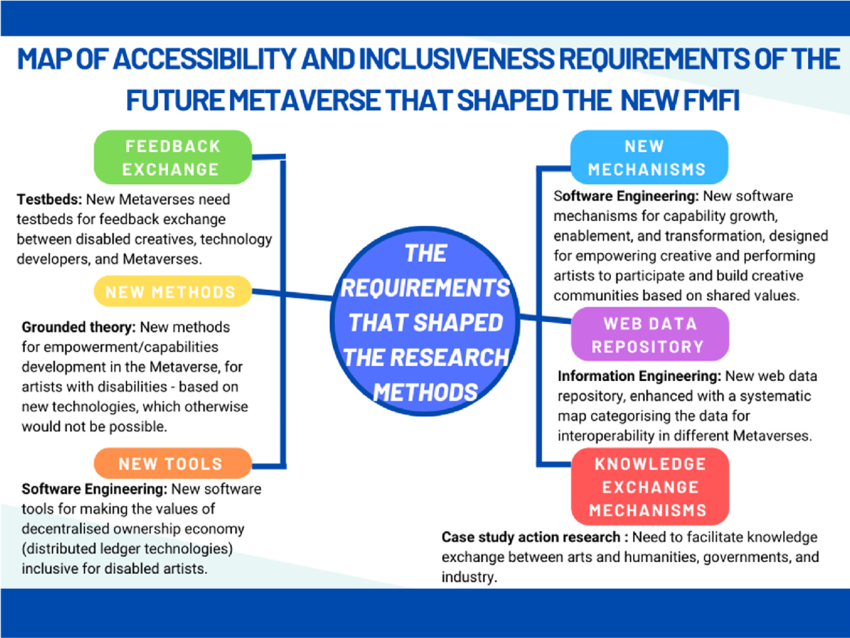The concept of the Metaverse has gained significant traction in recent years, presenting a virtual space where users can interact, create, and explore. It embodies a collective virtual shared space, typically accessed through immersive technologies like virtual reality (VR) or augmented reality (AR).
In the rapidly evolving landscape of the Metaverse, ensuring accessibility and inclusivity is paramount. Accessibility refers to designing environments and technologies to be usable by all individuals, regardless of their abilities or disabilities. Inclusivity, on the other hand, involves embracing diversity and fostering a sense of belonging for all users.
Despite its potential for connectivity, the Metaverse also poses several challenges in terms of accessibility and inclusivity. Existing barriers such as lack of support for assistive technologies and complex user interfaces can hinder participation for individuals with disabilities. Moreover, there’s a risk of perpetuating exclusionary practices if accessibility considerations are not prioritized in the design and development process.
Addressing these challenges requires a multi-faceted approach. Technological advancements such as AI-driven accessibility features and adaptive interfaces can enhance usability for diverse user groups. Additionally, incorporating universal design principles from the outset can help create virtual environments that are inherently inclusive.
The accessibility and inclusivity of the Metaverse have profound implications for various communities. For individuals with disabilities, it can provide opportunities for socialization, entertainment, and professional development that may be limited in physical spaces. Similarly, marginalized groups stand to benefit from a more inclusive digital environment that promotes representation and equality.
This news is republished from another source. You can check the original article here

